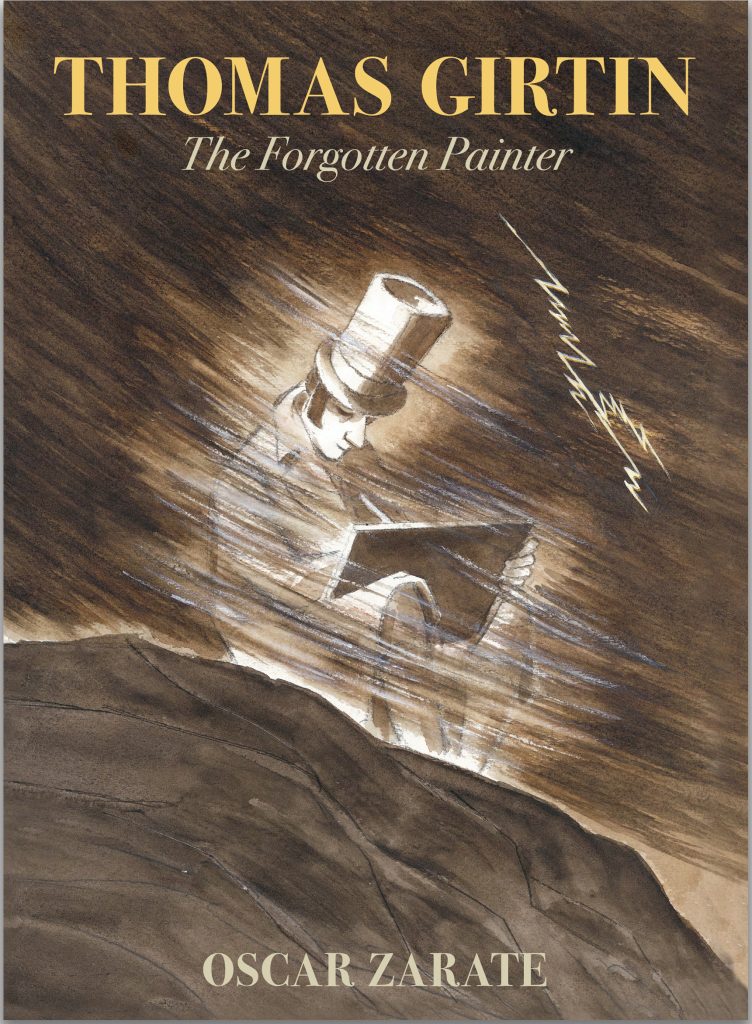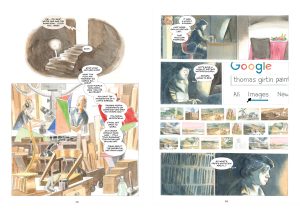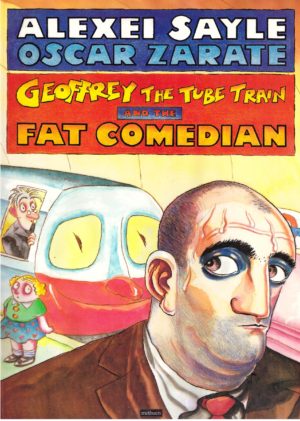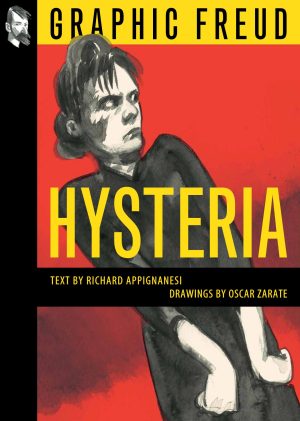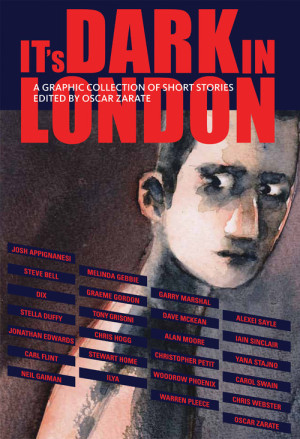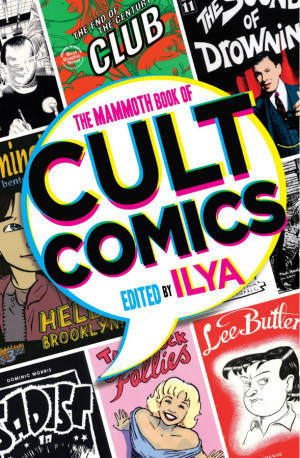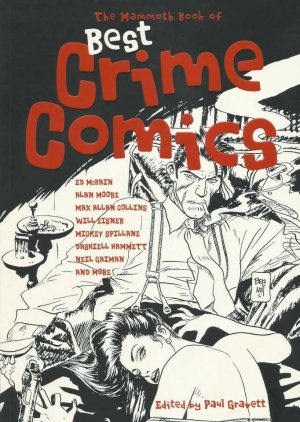Review by Graham Johnstone
SelfMadeHero’s Art Masters series now includes Thomas Girtin, more obscure than the subjects of earlier volumes. They were by European mainstays, often achieving their first English publication, presumably due to the added appeal of the subject. In contrast, the current volume’s appeal derives more from its creator.
Argentine-born British resident, Oscar Zarate, is best known as Alan Moore’s artist/collaborator for A Small Killing – reputedly a Moore favourite. Zarate is an impressive draughtsman, excellent at expressive characters, and vivid settings. He’s also a stalwart of water-coloured comics. His impressive body of work is mostly at the fringes of graphic novels (see below), but many will welcome this magnum opus.
Subtitle ‘The Forgotten Painter’ leans in to Girtin’s obscurity, smartly teasing the mystery of why? With so little evidence about his subject, Zarate frames his book as a present day quest. Like Zarate, Girtin was a champion of watercolour. Born in 1777, weeks before the more enduringly popular exponent of that form: J.M.W. Turner. The two studied together, so Zarate perhaps missed a narrative hook, a story of battling rivals like, say, Mozart and Salieri in Oscar-sweeping film Amadeus. Interesting nuggets about Girtin include his support for the French Revolution, a view presumably at odds with his wealthy patrons. However, it’s in Girtin’s commitment to painting outdoors in all weathers, despite his already fragile health, that Zarate finds his pitchable story.
He unpacks Girtin through a trio of present day amateur painters. Fred, shares his latest water-colourist find with the sceptical Arturo and more open Sarah. Thereafter, each has their time in the spotlight. They muse on Girtin, and reveal parallels with their own lives, for example the politics behind Arturo’s youthful rebellion, and tax inspector Fred’s exposure of corporate tax-dodging. Zarate takes us on a pleasant meander through these characters and stories, so consuming the majority of these near 400 pages.
However, none of their stories fully satisfy. There are powerful moments, like Arturo’s disclosure of his high-stakes conflict with the right-wing Junta, back in Argentina. However, that reveal comes too early as an answer to a dramatic question we haven’t yet formed. Fred’s investigations lead to some thriller elements, with thugs after his envelope of evidence. However, that envelope contains a USB stick, which is easily duplicated, rendering it an unconvincing plot device. If Fred has any reaction to the thugs, and threatened loss of his job, it’s subsumed into his search for Girtin. While the three characters each achieve a next step, rather than being built towards, these arrive too conveniently at the end. Even the friendship between the three doesn’t convince, and it’s only around page 300 we’re told that they’ve been classmates and friends for twenty years. That’s one of several things we find out very late.
Zarate is a decent writer, but his dialogue can be too obviously explanatory, and it carries too much that would have been better dramatised in scenes, and then brought to vivid life by Zarate the brilliant artist.
Girtin’s fragmentary story is fascinating, but the others’ (less fascinating) stories consume most of the book, making it feel unbalanced and overextended. However, there’s much to enjoy in the story, and Zarate’s art sustains appeal over these 400 pages.
